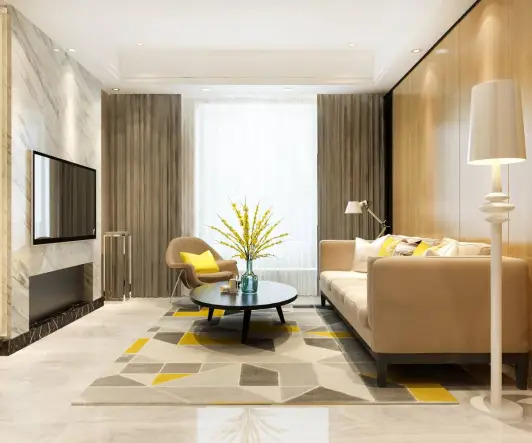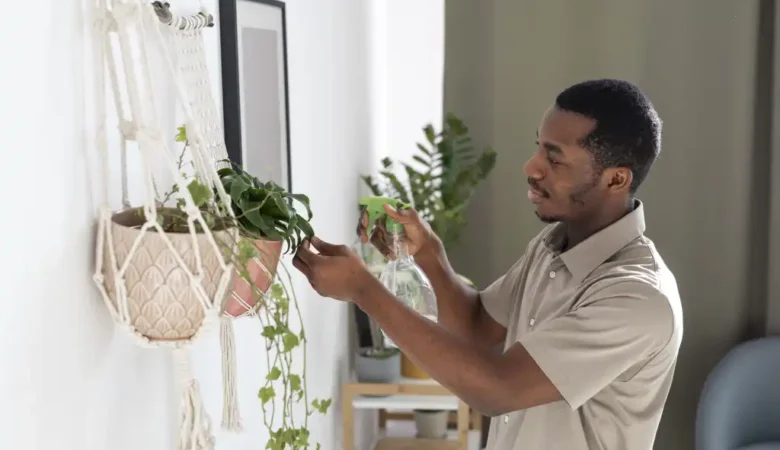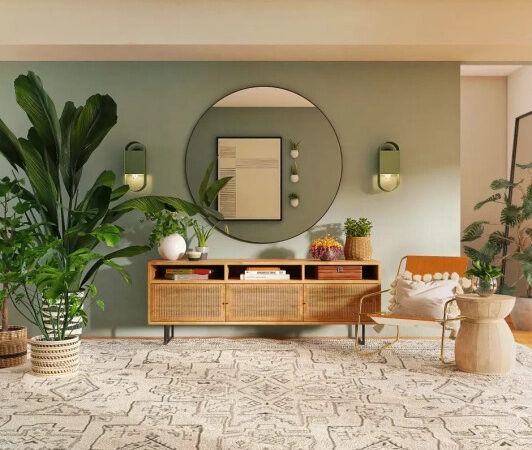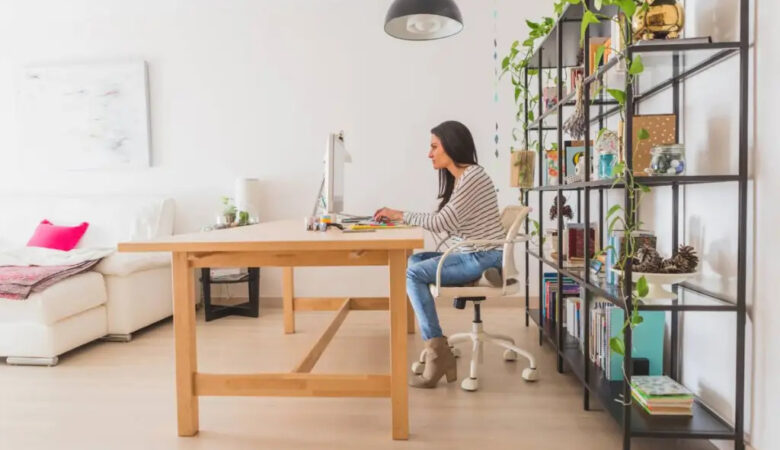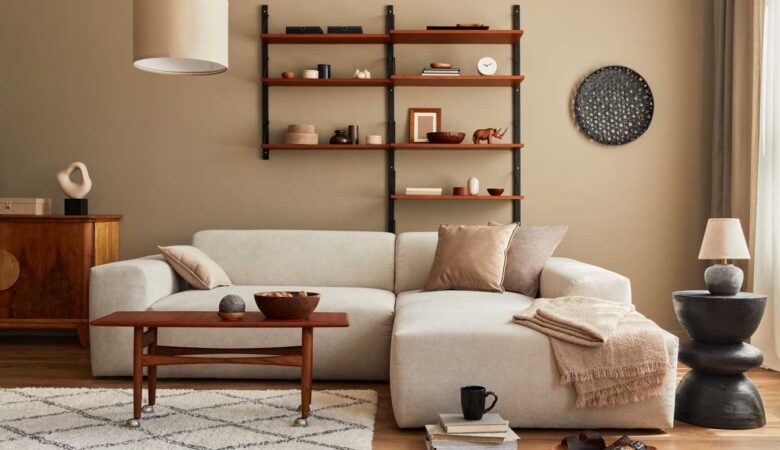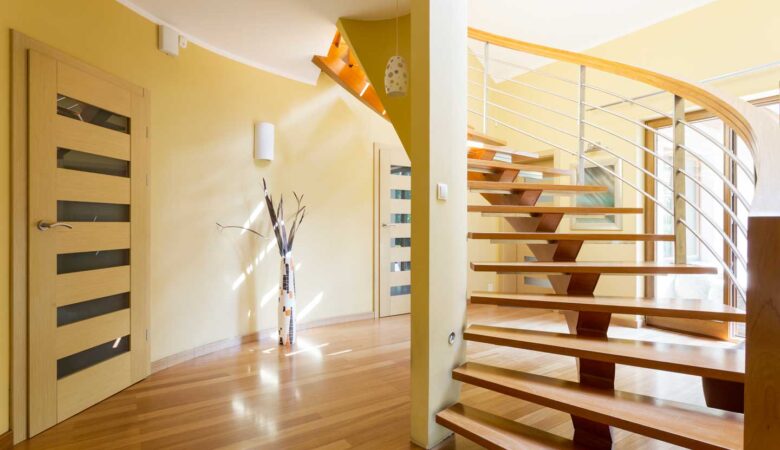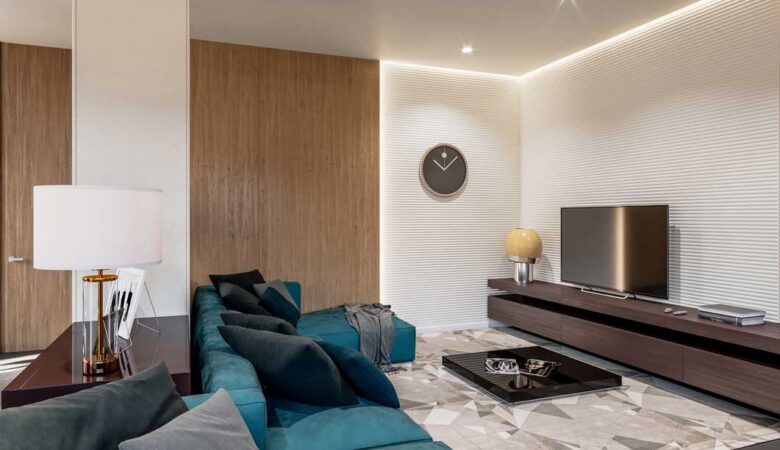Budget Friendly Design
It’s possible to create a pleasant and revitalising environment for you and your complete family by updating your home in addition to increasing its resale value. You can adopt a few design trends without going over your budget or compromising the integrity of your home’s original structure. Eliminating clutter is a time-honored and crucial step if you wish to transform the appearance of any room in your house. To gain a fresh perspective and start on the area and room you want to decorate or renovate separately, getting rid of undesirable furniture and excess decor is a method to get rid of new decor and design trends into a place. When you want to incorporate the newest design ideas into your home without completely renovating it, natural lighting is crucial. Consider sheers or installing a bay window in the front or living room of your home as alternatives to drapes and floor-length curtains. Another option to increase the value of real estate is to install skylights in bathrooms and upstairs rooms, which also allow you to take in the view of the sky at any time of year. When seeking to create several entrances to the front and back of your property, sliding doors are a terrific feature. Sliding doors are fantastic additions to outdoor patios and pool decks. You may buy sliding door hardware online or in person at your neighbourhood home improvement store. Each room for itself Introducing fresh themes to specific rooms is another method to keep on trend, whether you’re considering a beach-themed room, Moroccan, Tuscan, or even a retro and vintage one. You can get ideas for room themes in home décor magazines, internet blogs, and social media platforms that are devoted to do-it-yourself home renovation projects and ideas. Finding a theme that works for whatever room you want to decorate or completely rebuild starts with gathering inspiration. Look for deals! When you want to stay on top of the current design trends without going over budget or being unable to finish a project you have in mind, savvy shopping is also crucial. You can start browsing at both local stores and online retailers once you have decided on a design aesthetic and a certain budget. Shopping locally allows you to physically evaluate brands, prices, and quality before making a purchase. Additionally, you may shop for furniture, appliances, home accessories, and even remodelling fixtures online to help you save money and enjoy the convenience of door-to-door delivery. It is unnecessary to remodel your entire house to keep contemporary. You’ll be able to stay on top of the most recent design trends regardless of your budget by heeding some of these straightforward advice and being aware of the tools at your disposal. 1. Repurpose and upcycle: Instead of buying brand new furniture and décor, look for ways to repurpose and upcycle items you already have or find at thrift stores or garage sales. For example, you can paint and distress an old dresser to give it a new look or turn an old ladder into a unique bookshelf. 2. Use paint to transform a space: Painting is one of the most budget-friendly ways to update a room. Choose a new color for the walls or furniture to give the space a fresh and inviting feel. Experiment with different paint techniques, such as ombre or stenciling, to add texture and interest. 3. Shop secondhand: Thrift stores, flea markets, and online marketplaces like Facebook Marketplace or Craigslist are great places to find unique and affordable furniture and décor. Look for quality pieces that can be easily updated with a fresh coat of paint or new upholstery. 4. DIY artwork: Instead of buying expensive artwork, create your own! You don’t have to be an artist to make beautiful and unique pieces for your home. Frame fabric swatches, create a gallery wall with family photos, or make your own abstract paintings using inexpensive canvas and acrylic paints. 5. Rearrange and declutter: Sometimes, all a space needs is a good declutter and rearrangement. Go through your belongings and get rid of anything you no longer need or love. Then, rethink the layout of your furniture and décor to create a more functional and visually appealing space. 6. Incorporate plants: Adding plants to your space not only brings life and freshness to the design but can also be an inexpensive way to decorate. Choose low-maintenance plants like pothos or snake plants that are easy to care for and can thrive in various lighting conditions. 7. Use removable wallpaper or decals: If you want to add pattern or color to your walls but don’t want the commitment or cost of traditional wallpaper, consider using removable wallpaper or decals. These can be easily applied and removed without damaging the walls, allowing you to change up the look whenever you want. 8. Change out hardware and accessories: Swapping out outdated or mismatched hardware, such as cabinet knobs and drawer pulls, can instantly update the look of your kitchen or furniture. Additionally, updating accessories like throw pillows, rugs, and curtains can give a room a fresh new vibe without breaking the bank. 9. Create a focal point: Designating a focal point in a room can elevate its aesthetic and draw attention away from less desirable aspects. This could be a statement wall with a bold paint color or wallpaper, a unique piece of furniture, or a striking piece of artwork. 10. Use lighting strategically: Proper lighting can transform a space and make it feel more inviting. Use a combination of overhead lighting, task lighting, and ambient lighting to create a warm and cozy atmosphere. Consider installing dimmer switches to have more control over the ambiance. Remember, a well-designed space doesn’t have to break the bank. By getting creative, repurposing, and shopping smart, you can achieve a beautiful and budget-friendly design. Home decor and interior design can make a big impact in any space, like with an accent wall. Creating a dining room in a small

